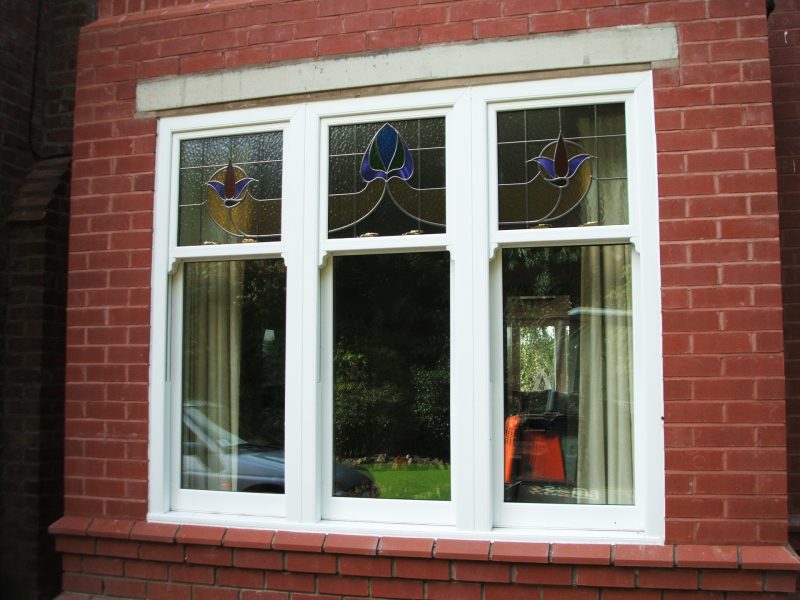All Categories
Featured
Table of Contents
Windows Of Opportunity: Your Guide To High-performance ... in Hillarys Western Australia
That window can transfer more solar heat in winter than in summer season. A west-facing window on a summer's afternoon has an angle of incidence from near 0 approximately 30 with a large efficient area of solar radiation. A north-facing window, in summertime, has a high angle of incidence and a low effective area of solar radiation, so can send less heat than a west-facing one.

You can rapidly and easily enhance the thermal performance of your house by changing your windows. This is one of the most effective methods of remodelling to achieve improved thermal comfort. There are thousands of types of glass and frames to pick from. Selecting the best ones is essential to improving the energy effectiveness of your home.
Window Glazing For Households - Energy in Applecross Perth
Single glazing with clear glass is not really efficient when it comes to heat loss or gain. To improve efficiency, you can use single glazing with a more energy-efficient type of glass such as low emissivity (low-e) glass.
Multiple layers can be put together with sealed cavities in between each sheet of glass. IGUs usually use better energy performance than single glazing, since they send less energy. The energy performance of IGUs also depends on: the homes of each layer of glass. Different glass types (for instance, clear and low-e glass) can be put together in an IGU.
Benefits Of Double Glazing Low-e in Beckenham Western Australia

IGU cavities can be filled with air or a more inert, low-conductivity gas such as argon the width of the cavity. Cavity thickness is usually 6 to 18mm. Wider cavities provide lower (better) U worths, with 12mm normally accepted as the preferred space how well the cavity is sealed. Cavities must be dry and well sealed to prevent wetness getting in.
If argon is set up to the cavity in place of air, moisture is dependably omitted the level of desiccant (drying representative). The spacer (metal or polymer strip) that separates the glass layers consists of a desiccant to absorb any moisture. Insufficient desiccant might cause wetness to condense on the glass surface area in cold conditions, lowering thermal performance.
Double Glazed Windows Sydney in Bayswater Perth
IGUs can deliver better energy performance for all climates, particularly in heated and air-conditioned homes. Cross-section information of single, double and triple-glazing systems Low emissivity glass (typically called low-e glass) lowers heat transfer. Low-e glass may be either high or low transmission: High transmission low-e glass has a coating that permits daylight from the sun to pass into the home to achieve great solar heat gain, however decreases the quantity of the long wavelength infrared heat that can escape back through the window.
Low-e glass has either a pyrolytic coating or a vacuum-deposited thin film metal finish. Pyrolytic finishings are long lasting and can be utilized for any glazing; vacuum-deposited coatings are soft and are only utilized within IGUs. Low-e coverings can substantially enhance both U value and SHGC; however, they must be utilized properly or they will either degrade or fail to perform as required.
Why Is Double Glazing So Important In Winter? in Kelmscott Western Australia
Low-e coverings can be used in combination with clear, toned or reflective glass. Low-e finishings on glazing can minimize heat transfer where required Picture: Department of Industry, Science, Energy and Resources Toned glass has actually colouring ingredients included during manufacture. It is offered in numerous colours, typically bronze, grey, blue and green.
Table of Contents
Latest Posts
Energy Efficient Windows At Everest in Lakes Perth
Single Vs Double Vs Triple - Which Window Is Right For Your ... in South Fremantle Western Australia
How Are Double Glazed Windows More Energy Efficient? in Safety Bay Western Australia
More
Latest Posts
Energy Efficient Windows At Everest in Lakes Perth
Single Vs Double Vs Triple - Which Window Is Right For Your ... in South Fremantle Western Australia
How Are Double Glazed Windows More Energy Efficient? in Safety Bay Western Australia